Best fragrant shrubs – 5 perfumed plants to transform garden borders and pot displays this summer
Grow one or more of the best fragrant shrubs to add a sensory element to your yard
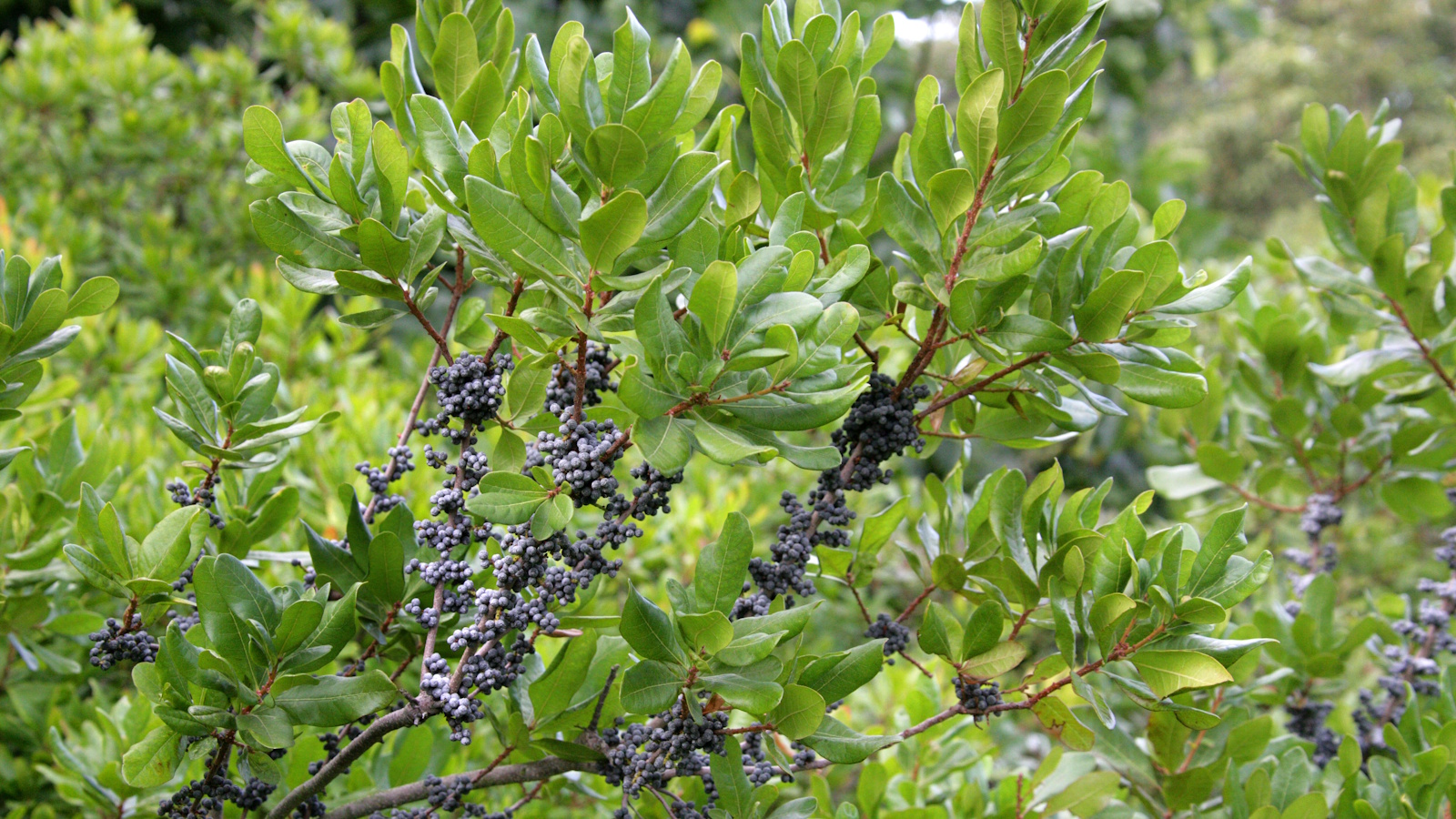

While there are many thousands of different plants to choose from, incorporating some of the best fragrant shrubs to your yard can be transformational, adding a sensory dimension wherever they are grown. Think scented lilac bushes or perfumed juniper producing a floral or herbal fragrance - what could be better?
As a former professional gardener, I have planted countless shrubs when working in different gardens across England, Wales and Italy. Using perfumed plants, I have found, will only serve to elevate your plot, especially during spring and summer when so much time is spent with family and friends in the garden.
So, if you are looking for shrubs for the front of the house or to grow in planters on the patio, scent should be a key consideration. Here, garden experts from across the US reveal some of their preferred options when it comes to perfumed plants.
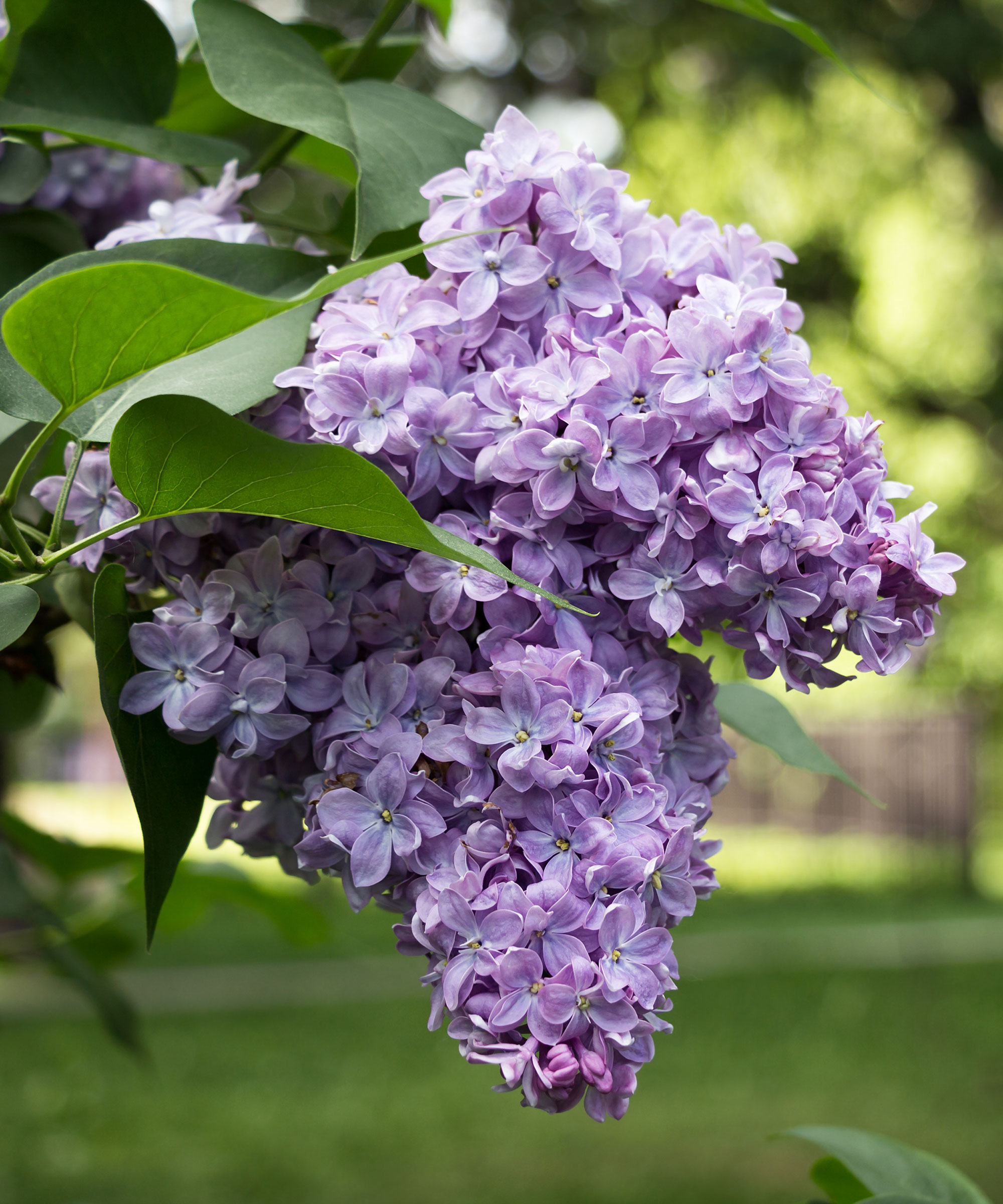
5 of the best fragrant shrubs
There are many different landscaping shrubs found growing worldwide – just be sure to select a species that is suited to your climate or US hardiness zone. Here are five of the best fragrant shrubs to add to your borders or pots this year.
1. Bayberry
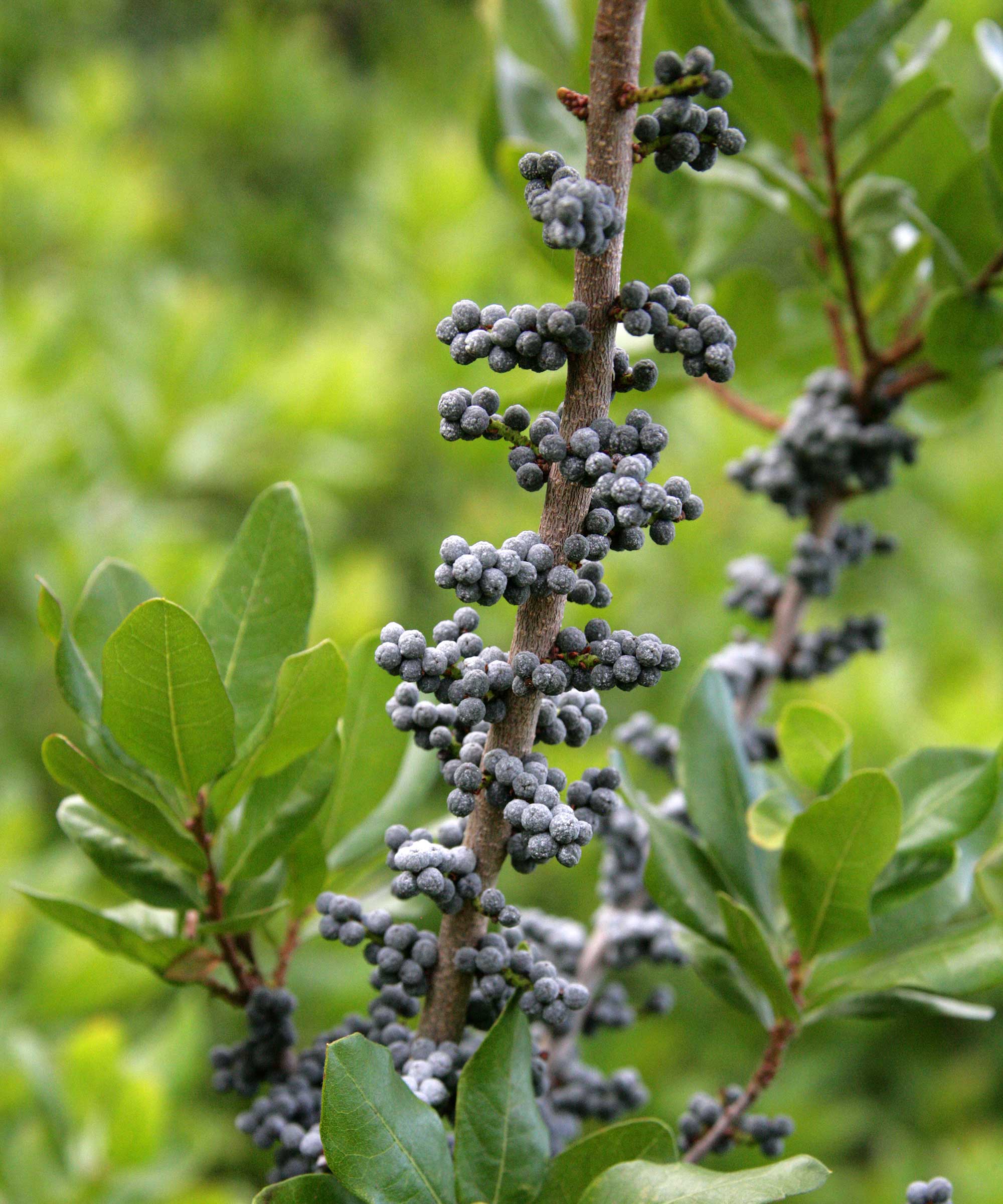
'One of my favorite fragrant shrubs we stock in the garden center is bayberry, or Myrica penslyvanica,' says Bert Bast, garden expert and owner of Bast Brothers Garden Center in New Jersey.
'This native plant is primarily found near the northeast coast of North America,' Bert says, 'growing best in cooler regions from US hardiness zone 3 to zone 7.
'Bayberry can grow up to six to eight feet tall, but can also be pruned in smaller yards or if grown in pots. So long as it gets two hours of direct sunlight or more, it will grow just fine, making it ideal for darker backyards too.
'Bayberry is a popular fragrance for candles and soaps, testament to its heady fragrance. What's more, it will attract butterflies to your borders and is the host plant for the Columbia Silk Moth.'
Live bayberry shrubs are available from Amazon.
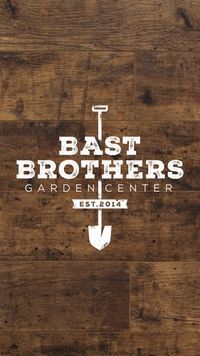
Bert Bast is a garden expert and owner of Bast Brothers Garden Centre. Established in 2014 and nestled in the heart of Mullica Hill, NJ, Bast Brothers Garden Center is a destination for all things garden.
2. Camellia
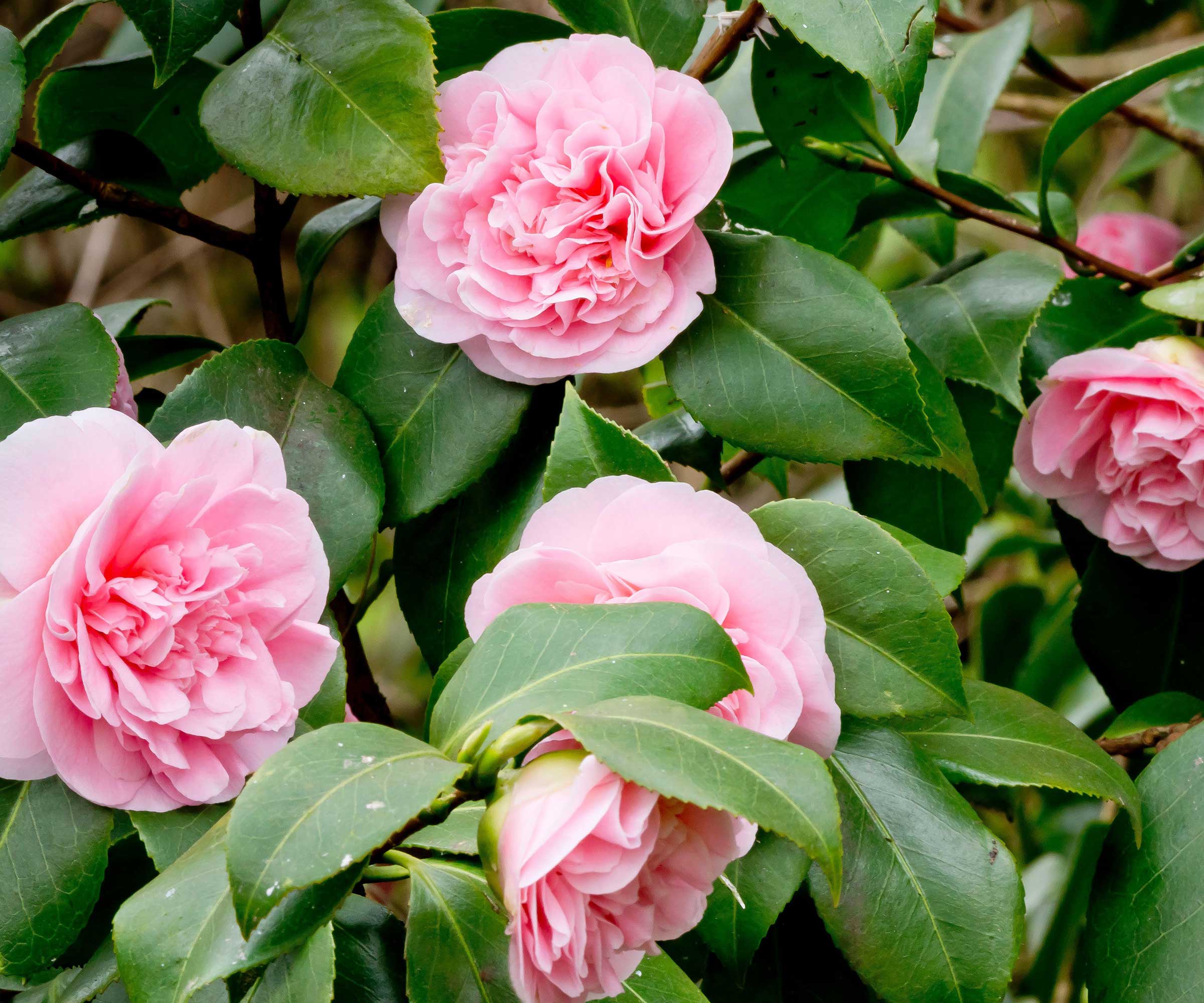
'There are many different types of camellias, but only a handful have a noticeable scent. One of my favorites is Camellia Japonica 'High Fragrance', an extra special option for anyone looking for a perfumed shrub,' says Alex Kantor, owner of Perfect Plants Nursery.
In terms of how to grow camellias, this variety is no different than any other, with a preference for well-drained soil and full sun to partial shade. While they can tolerate some cold weather and frost, for the best results, grow this variety from US hardiness zone 7 plus.
'High Fragrance' camellia live plants are available from Perfect Plants Nursery.
'The 'High Fragrance' camellia boasts stunning pink blooms that appear in spring, supported by glossy evergreen foliage,' Alex adds, 'requiring minimal pruning or attention.
'At full size, this camellia will reach up to eight feet tall and wide, making it an ideal option for smaller plots as well as larger backyards.'

Alex has worked in the horticultural industry for over 20 years and grew up on the farm since his childhood years. Alex is an expert on landscape trees, shrubs, and indoor plants. He is passionate about growing and helping others learn the trade.
3. California rose
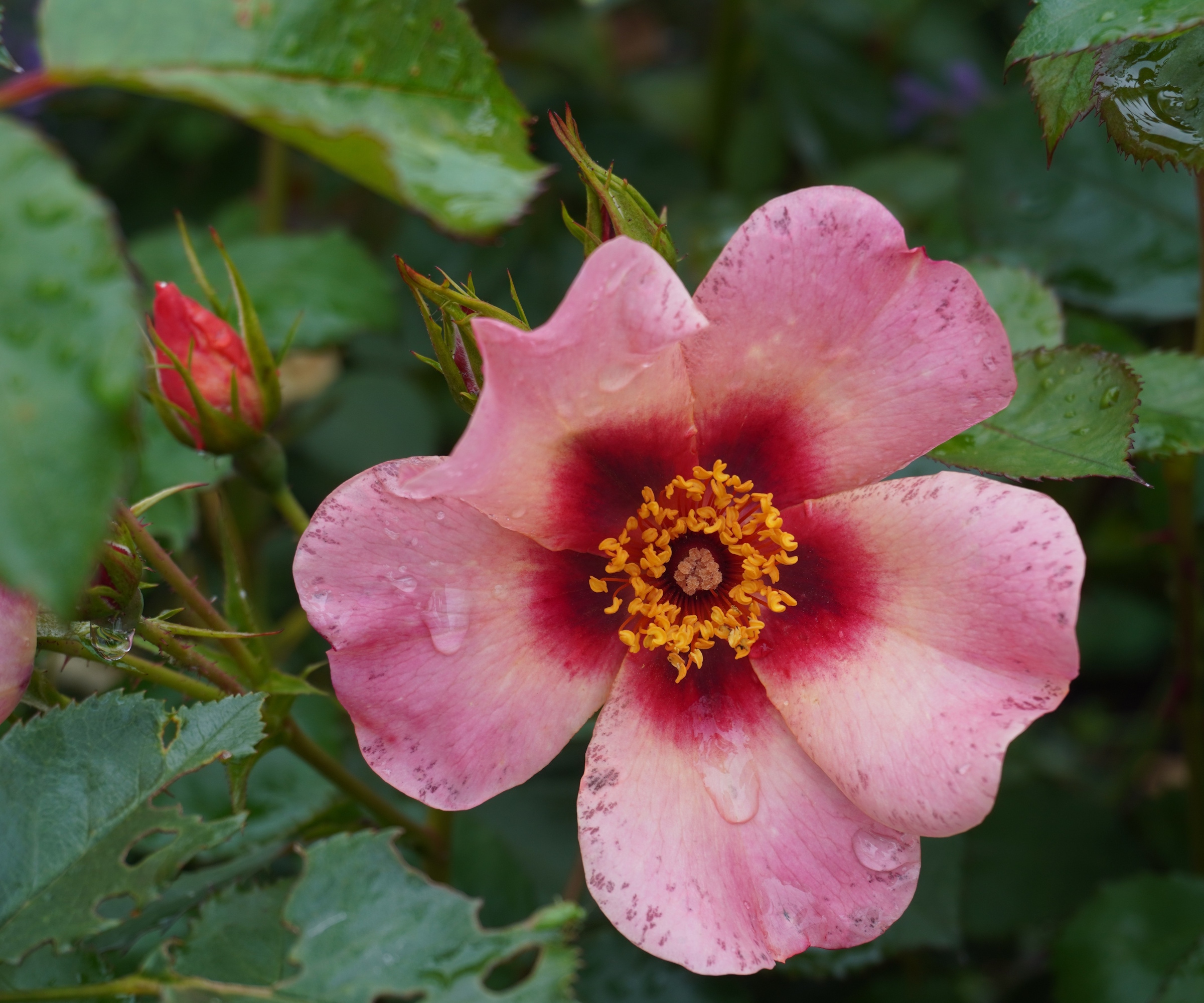
'For fragrant shrub roses, one species that is tough and forgiving is the wild California rose, or Rosa californica,' says Terry Huang, plant expert and Director of Living Collections at South Coast Botanic Garden in the Los Angeles area.
'In terms of how to grow California roses, they grow wild throughout our state in a range of conditions. They will do best from US hardiness zone 6 plus, producing the most flowers in sunny borders that enjoy at least six hours of direct light per day, preferably with a good amount of moisture in the soil.
'Fragrant flowers appear in spring and develop into bright red hips in the fall,' Terry says, 'maintaining interest in the yard across every season.'
There are also many smaller, dwarf rose varieties to try, such as this 'Peach Drift' rose, with live plants available from Perfect Plants Nursery. Growing no taller than three feet, this shrub is a good option if you are limited on space but still want to grow some of the best fragrant plants.

Terry Huang is the Director of Living Collections at South Coast Botanic Garden in the Los Angeles area. He loves to share his passion for plants by finding creative ways to make botany and horticulture fun and accessible for all.
4. Lilacs
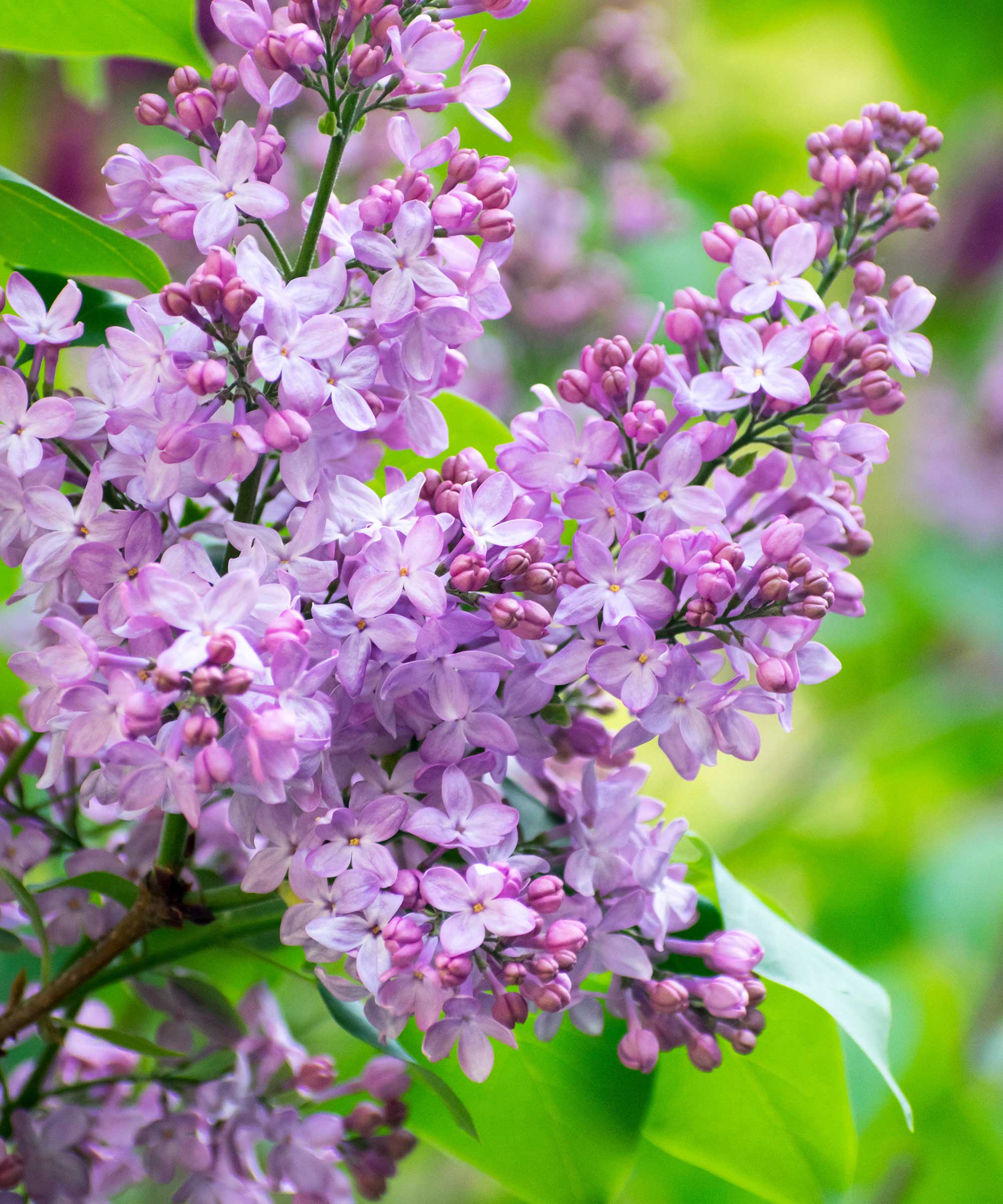
Common lilac, Syringa vulgaris, is one of the most popular fast-growing shrubs, prized for its colorful scented blooms. Lilacs enjoy plenty of sunshine and moist but well-draining soil, and can grow as low as zone 3.
If left alone,Syringa vulgaris can reach upwards of 15 to 20 feet, growing either as a multi-stem or as a small tree. However in smaller yards, learning how to grow lilac in pots is a good idea.
'To grow a lilac shrub in a pot you are going to want to use a large container, ideally 10 to 15 inches in diameter,' says Bert Bast. 'Use a free-draining potting mix, and make sure that the pot is in full sun.
'During warmer months, deep watering is encouraged,' Bert adds, 'and, like all fragrant flowering shrubs, feeding with a bloom booster fertilizer will maximize flower production.'
For a smaller fragrant option, try growing the dwarf Korean lilac, or Syringa meyeri 'Palibin', with plants available to order from Amazon.This bushy option grows no taller than five feet, and will add a sensory touch to any patio.
5. Juniper
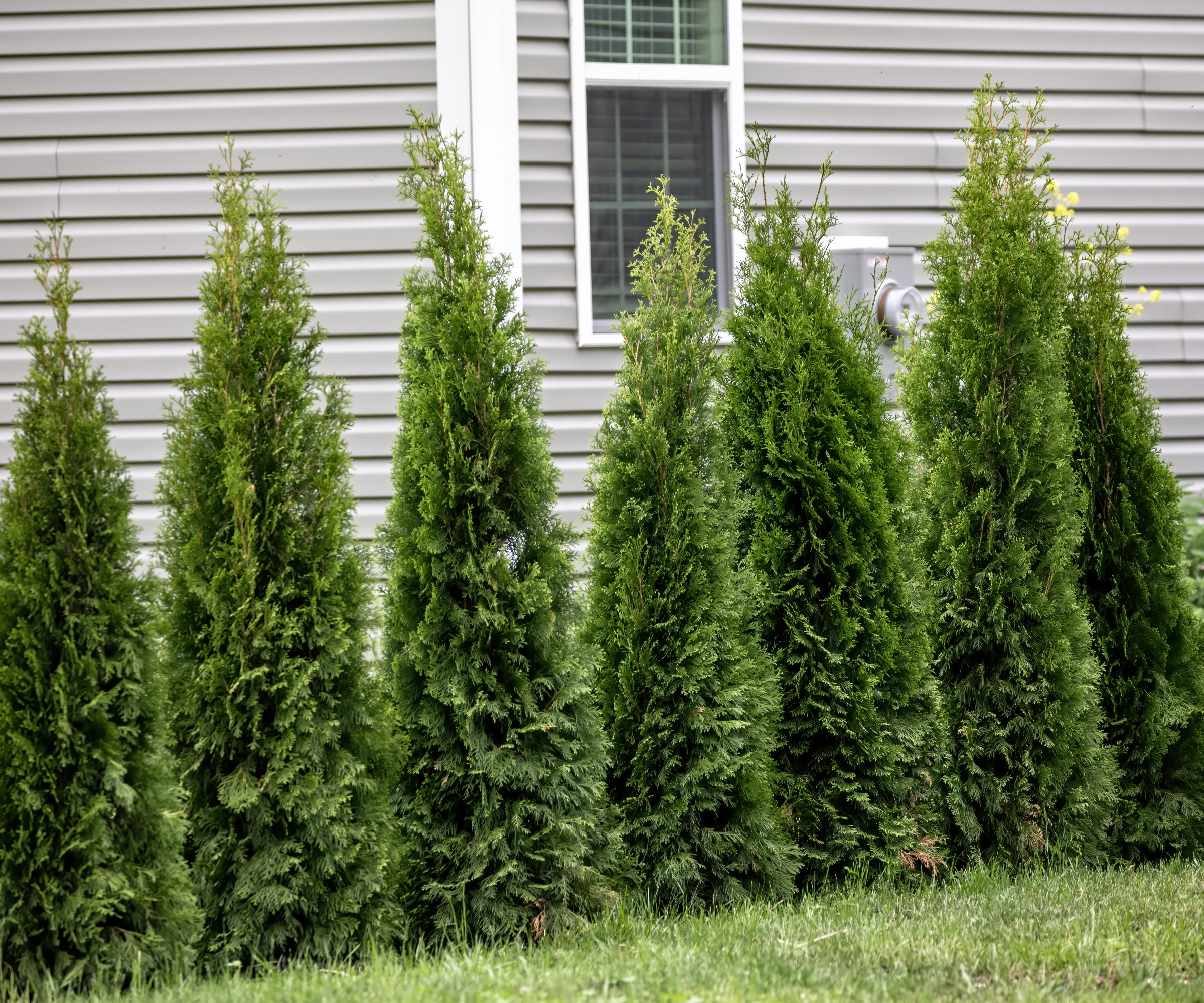
Native to cool, northern regions, junipers are evergreen shrubs that are ideal for providing year-round interest and color to front and backyards.
There are over 60 species of juniper found growing across North America, Europe and Asia, ranging from creeping juniper, Juniperus horizontalis, that grows no taller than a few feet, to the Sierra juniper, Juniperus grandis, with the largest specimen, the Bennett Juniper in the Stanislaus National Forest in California, reaching upwards of 85 feet.
Most juniper species can be grown down to zone 3 or zone 4, with a preference for sun and well-draining soil. In cooler regions, this fragrant evergreen shrub is useful in that it will add greenery to your plot even in December and January, and won't require any winterizing.
Live juniper plants are available online at Amazon.
FAQs
What is the best fragrant shrub with white flowers?
There are many different types of viburnum that produce delicate pink-white flowers with an unmistakable scent. For a native option, try growing the Viburnum obovatum, live plants are available from Perfect Plants Nursery. This variety is compact and semi-evergreen, growing no taller than five feet in zones 6 to 9, helping to add fragrance to even the smallest of spaces.
Growing shrubs with fragrant flowers will also prove popular with pollinators, including birds, bees and butterflies. Consider adding some of the best hedges for pollinators to the boundaries of your yard, using fragrant flowering species such as abelia or crab apples, for a sensory and wildlife-friendly planting palette.
Shop planting accessories
Sign up to the Homes & Gardens newsletter
Design expertise in your inbox – from inspiring decorating ideas and beautiful celebrity homes to practical gardening advice and shopping round-ups.

Thomas is a Content Editor within the Gardens Team at Homes and Gardens. He has worked as a professional gardener for both public spaces and private estates, specializing in productive gardening, growing food and flowers. Trained in Horticulture at the Garden Museum, he has written on gardening and garden history for various publications, including The English Garden, Gardens Illustrated, Hortus, The London Gardener and Bloom. He has co-authored a Lonely Planet travel book, The Tree Atlas, due out in 2024.
You must confirm your public display name before commenting
Please logout and then login again, you will then be prompted to enter your display name.
-
 I’m an HVAC technician, and this is when I turn my AC on each year – plus 5 checks I always do beforehand
I’m an HVAC technician, and this is when I turn my AC on each year – plus 5 checks I always do beforehandSave yourself an AC hassle by running my checks and turning it on before big heat hits
By Josh Mitchell Published
-
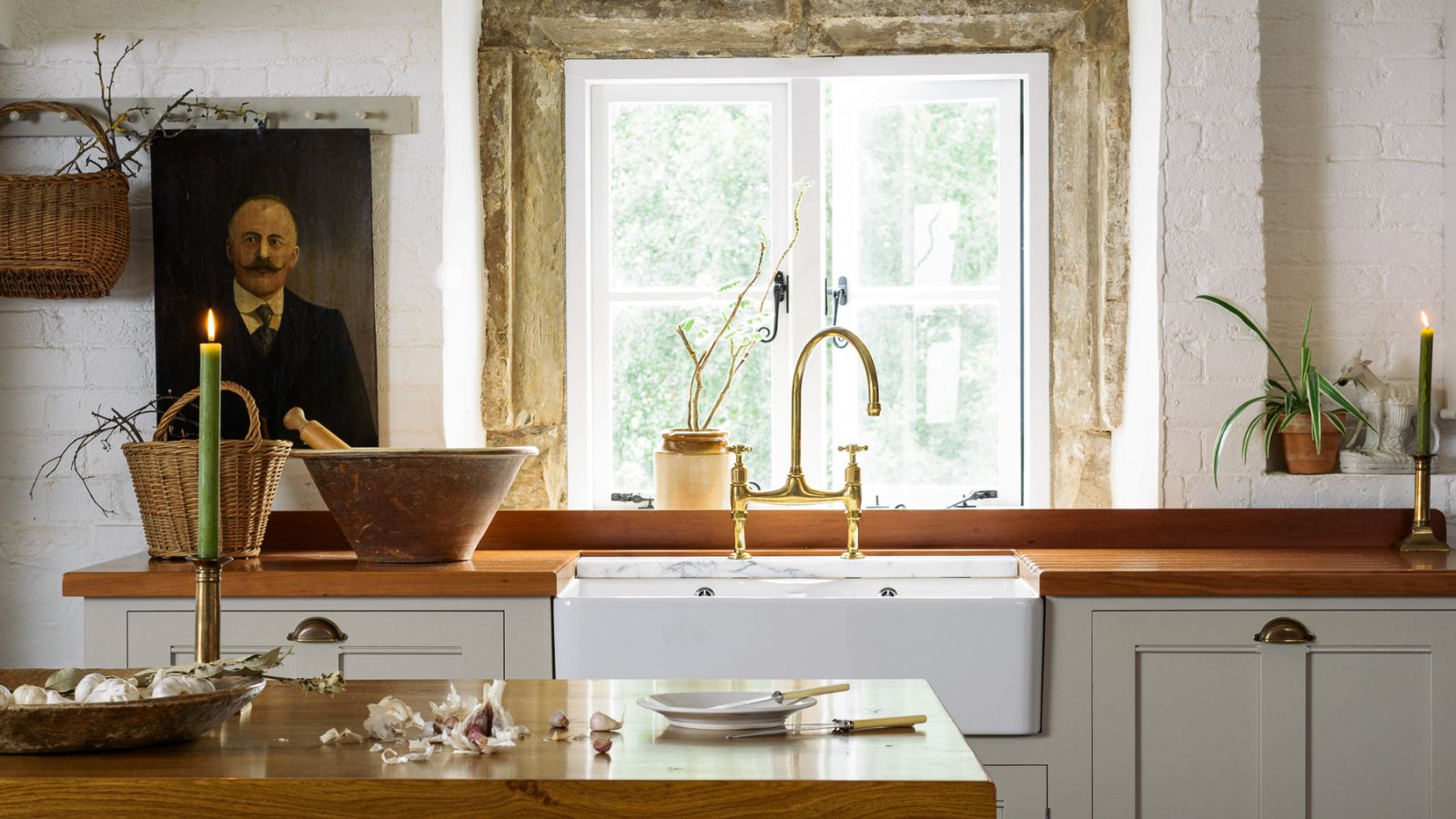 This simple marble hack elevates my budget-friendly wooden kitchen countertops and prevents the dreaded water damage for way less than you’d think
This simple marble hack elevates my budget-friendly wooden kitchen countertops and prevents the dreaded water damage for way less than you’d thinkThis design trick looks expensive, solves a problem, and was the easiest decision I made during my kitchen reno
By Charlotte Olby Published
-
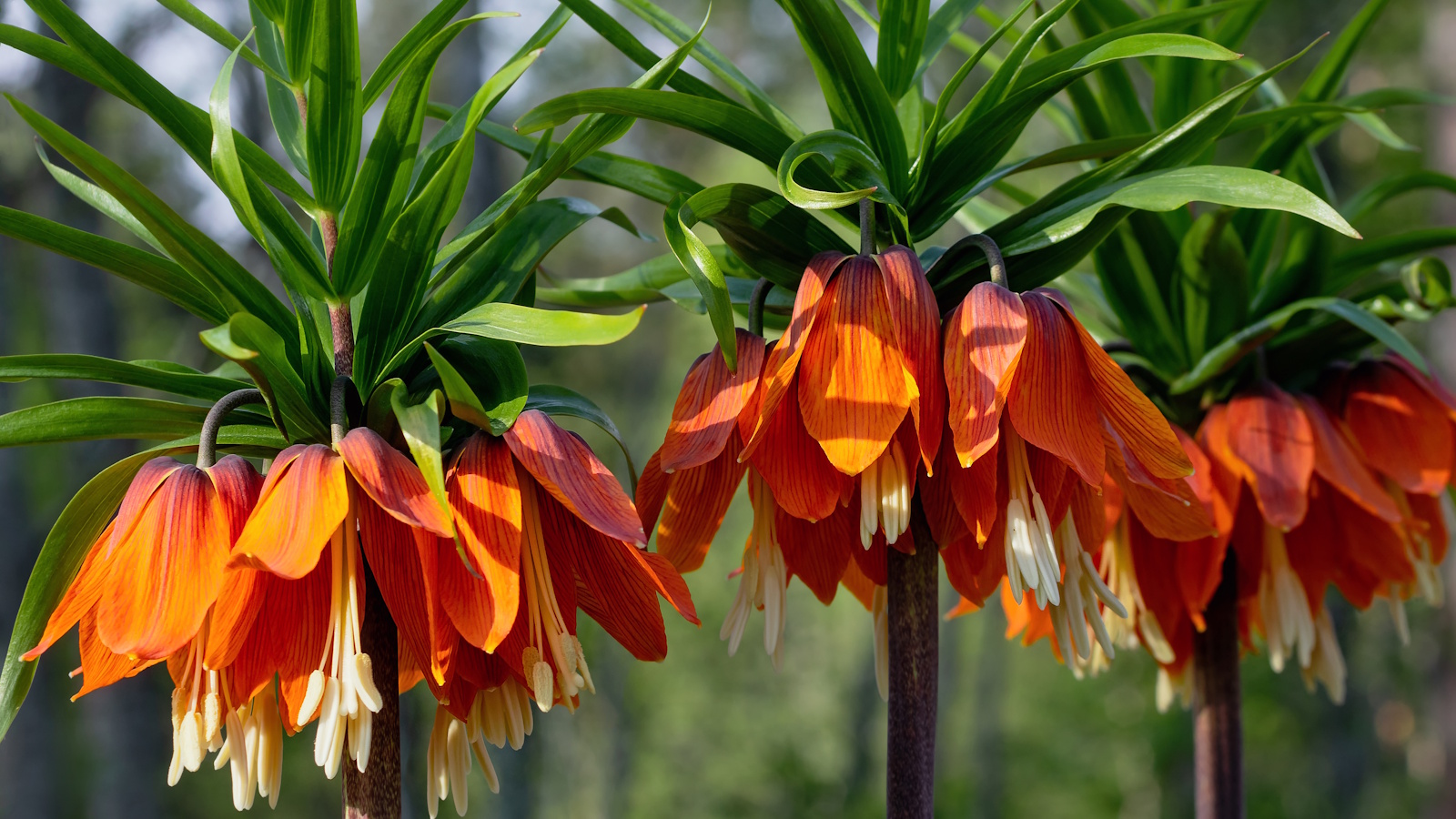 Worst-smelling plants to avoid – experts reveal 5 pungent species and suggest perfumed options to grow instead
Worst-smelling plants to avoid – experts reveal 5 pungent species and suggest perfumed options to grow insteadThese are some of the worst-smelling plants that can cause quite a stink
By Thomas Rutter Published
-
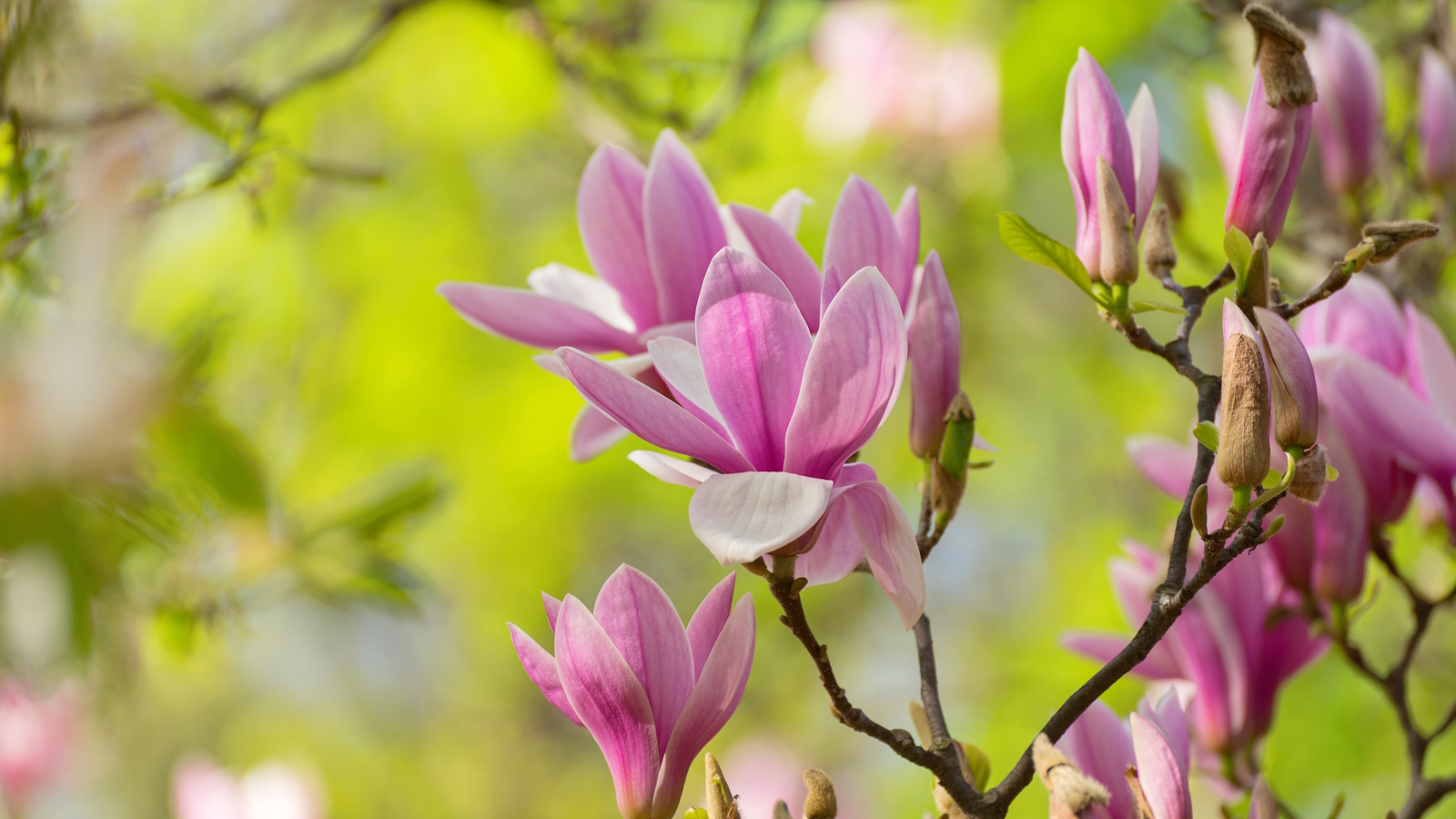 How to fertilize magnolias – garden experts reveal the secrets to better blooming, and timing is critical
How to fertilize magnolias – garden experts reveal the secrets to better blooming, and timing is criticalMagnolias are famed for their spring flowers, and feeding at the right time can give trees a boost
By Thomas Rutter Published
-
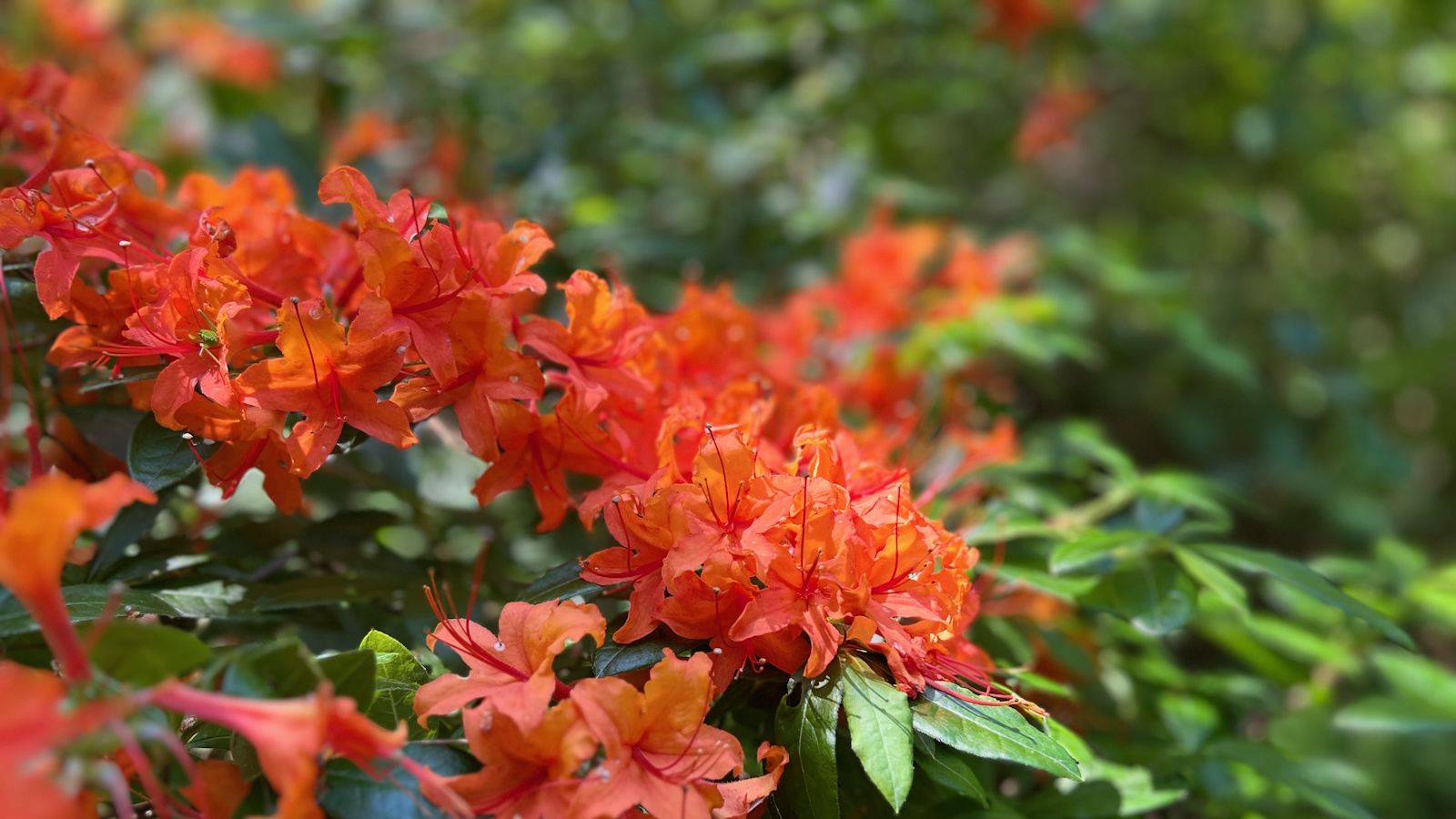 How to revive old rhododendron plants – pruning advice from a professional gardener to save your struggling shrubs
How to revive old rhododendron plants – pruning advice from a professional gardener to save your struggling shrubsWith the right pruning approach, you can rejuvenate old and woody rhododendrons
By Thomas Rutter Published
-
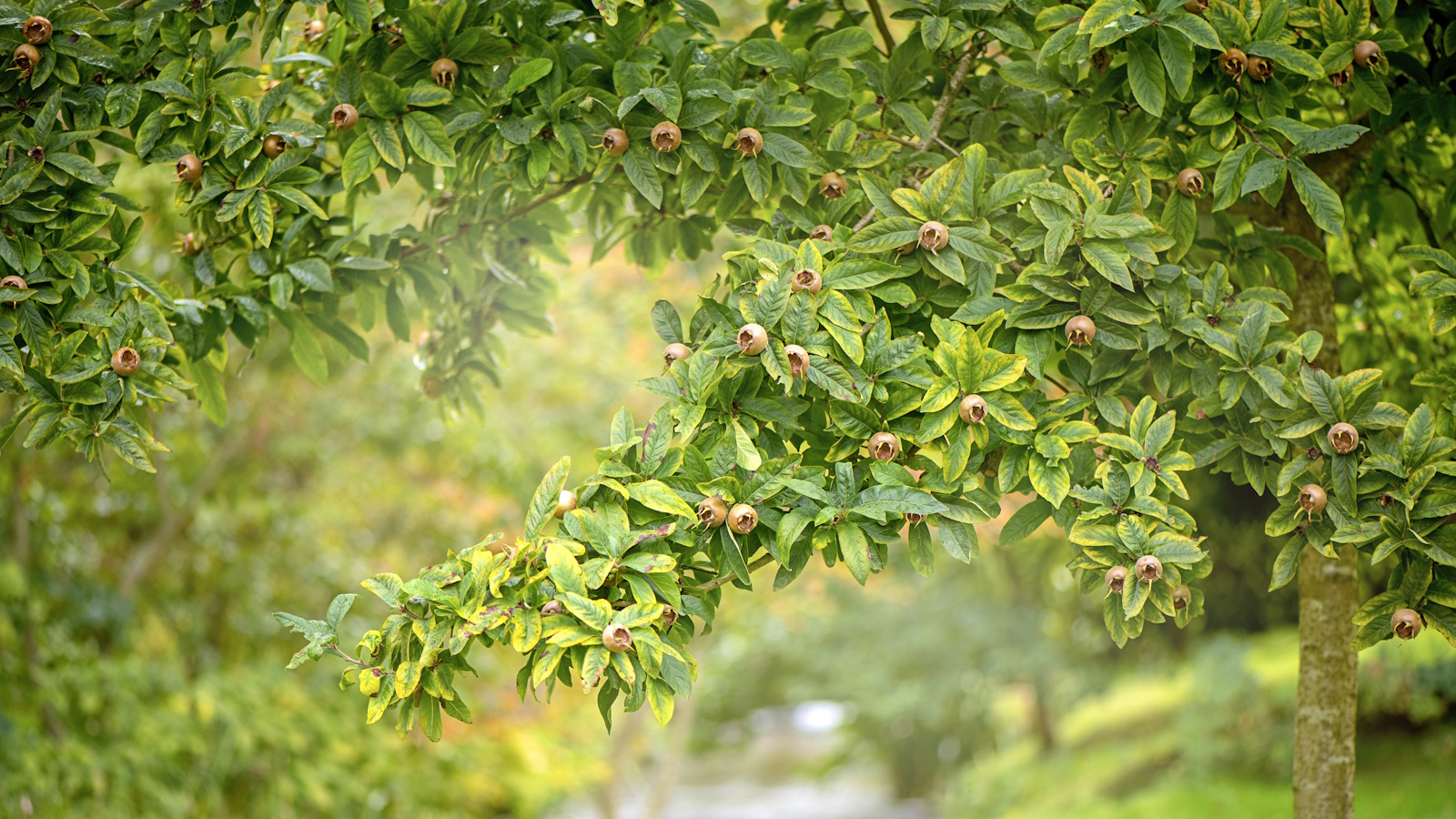 How to grow medlar trees – to enjoy a harvest of unusual fruits from this forgotten heritage species
How to grow medlar trees – to enjoy a harvest of unusual fruits from this forgotten heritage speciesMedlar fruits were once a popular delicacy, yet today, they are a rare find
By Thomas Rutter Published
-
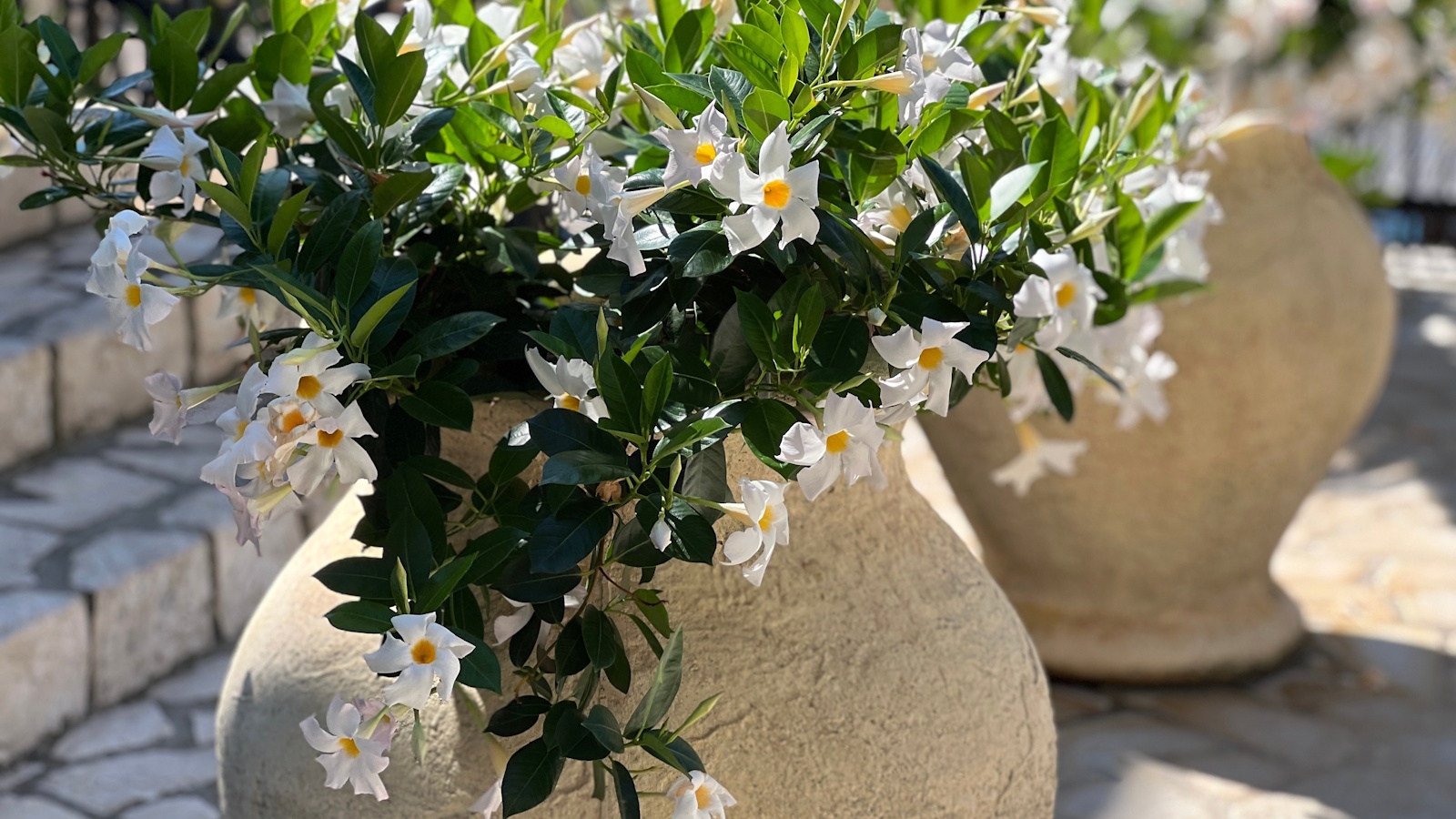 How to grow mandevilla in pots – and elevate your outside space with impactful tropical flowers this summer
How to grow mandevilla in pots – and elevate your outside space with impactful tropical flowers this summerLearning how to grow mandevilla in pots will add a colorful and vertical accent to any size plot
By Thomas Rutter Published
-
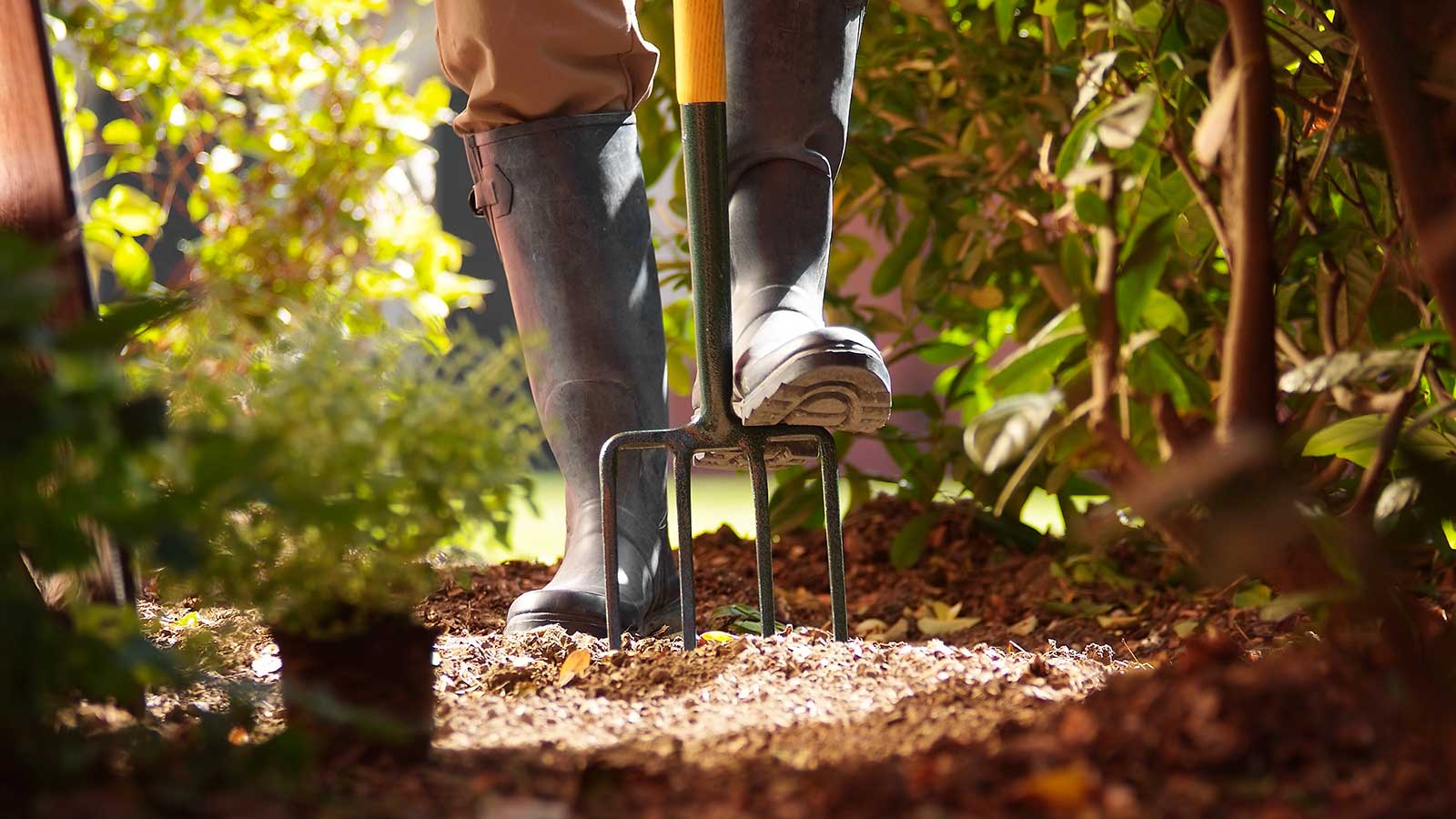 Skyseed is a vigorous invasive weed that is becoming a problem in backyards – here's how to identify and control it
Skyseed is a vigorous invasive weed that is becoming a problem in backyards – here's how to identify and control itGardeners in North America should keep an eye out for this vigorous perennial weed
By Thomas Rutter Published
-
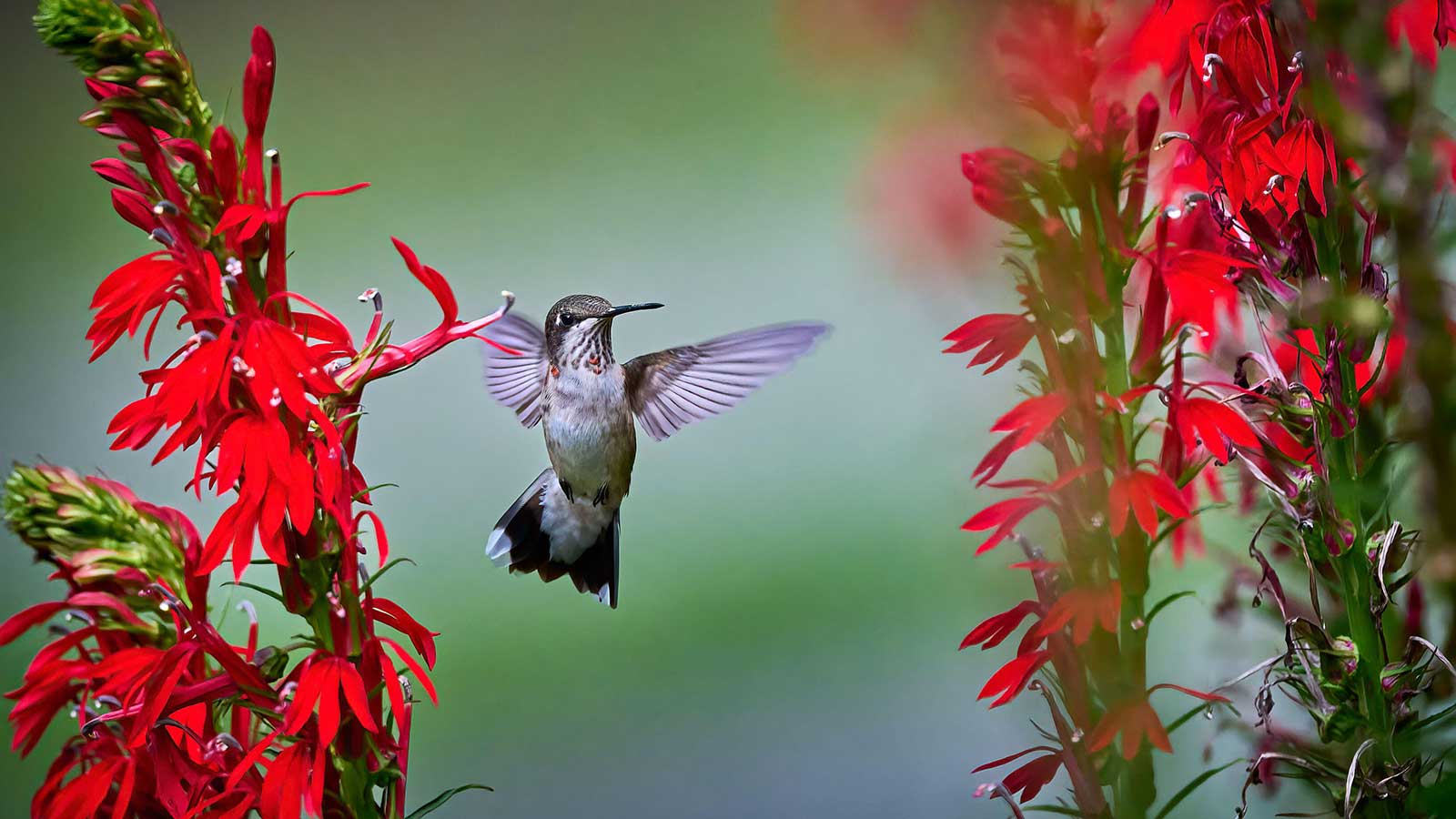 When do hummingbirds return from migration? Wildlife experts reveal when to expect them and how you can help
When do hummingbirds return from migration? Wildlife experts reveal when to expect them and how you can helpAs hummingbirds return to North America, gardeners can play a part in caring for these weary travellers
By Thomas Rutter Published
-
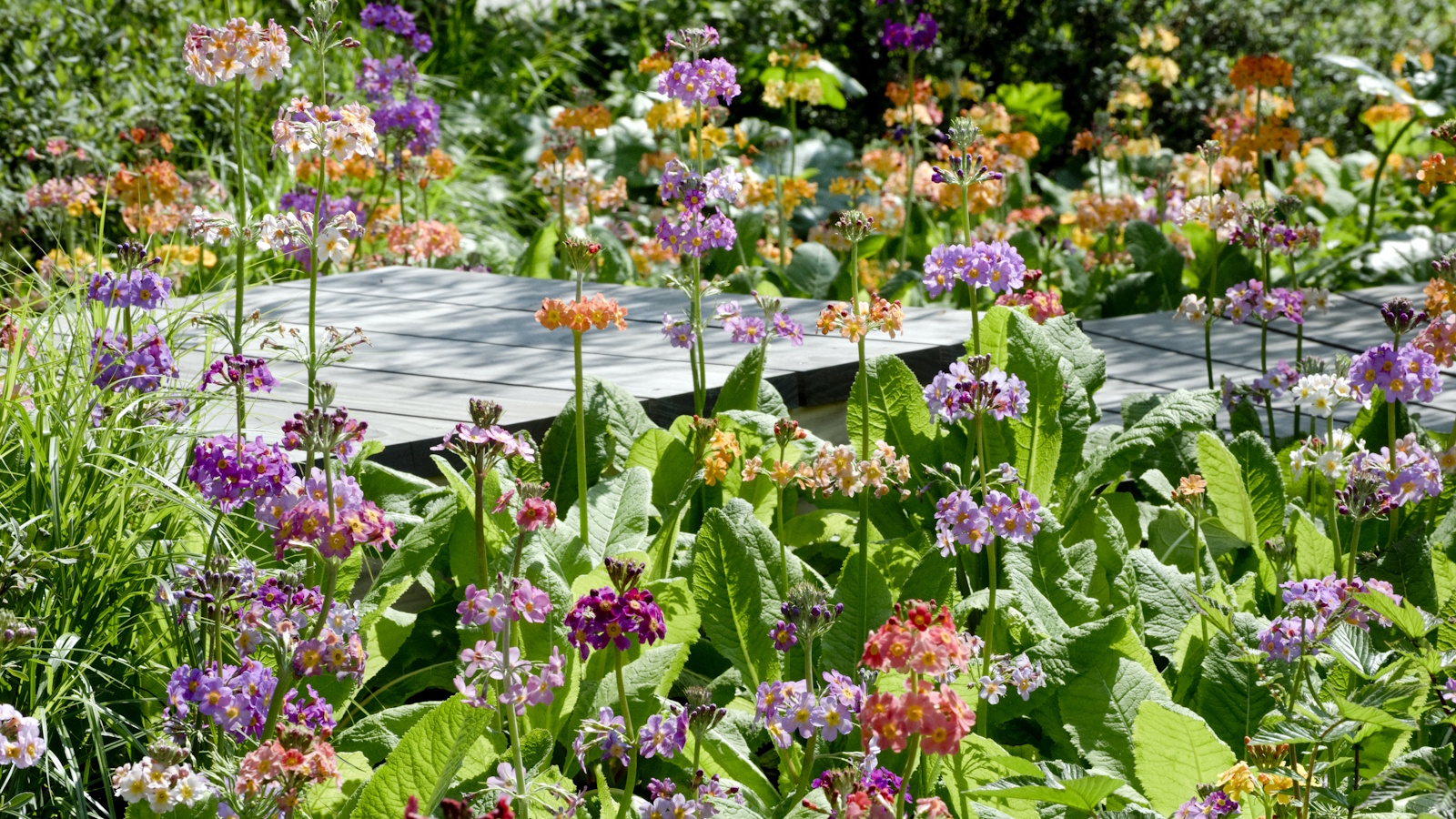 Best flowering ground cover plants – 5 expert-approved species to fill your borders with vibrant color
Best flowering ground cover plants – 5 expert-approved species to fill your borders with vibrant colorThese flowering ground cover plants will not only look good but will also prove popular with bees and butterflies
By Thomas Rutter Published


